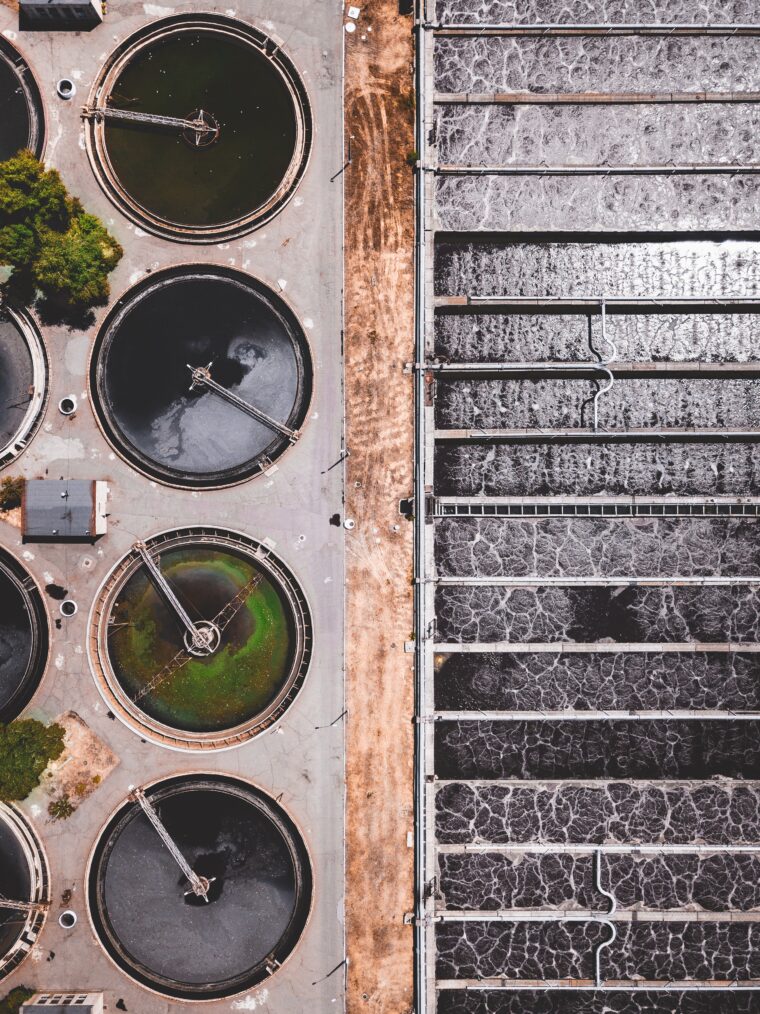
The US Department of Agriculture (USDA) recently announced an $800 million allotment for rural infrastructure projects. Although the funding may seem insignificant, it will greatly increase the number of new projects launched in 2024. It is also important to note that the federal funding, in almost every case, will be supplemented by other state or local revenue – so the projects will not necessarily be small.
The funding is designated for projects related to electric infrastructure, water and wastewater, health initiatives, waste disposal and business development in less-populated parts of the country. The most recent awards will reach officials in 139 communities in 36 states. Most of the projects have already secured additional required funding, so most contracting solicitation documents will be released in 2024.
Water projects were obviously front and center when selection decisions related to allocations were made because there were many awardees in this category. Project backgrounds follow for communities located in Bremen, Indiana; Mazeppa, Minnesota; Aberdeen, South Dakota; Waitsfield, Vermont; Stanly County, North Carolina; and Silver Lake, Minnesota. They all involve building or upgrading wastewater treatment plants.
Stanly County in North Carolina has $32 million to support a project to expand the West Stanly Wastewater Treatment Facility. The project is in its design phase, and construction will begin in January 2025. The objective is to improve wastewater service for the Red, Locust, Oakboro and Stanfield communities. The project will deliver a new equalization basin pump station, two new aeration tanks, a chemical feed system, a new equipment building and a pump station.
With $9 million in funding support from the USDA, the community of Bremen will launch a $17.3 million project to construct a water/wastewater treatment plant. The current plant’s technical capacities are insufficient to meet the community’s needs, and the aging equipment will break soon if it is not updated. Repairs would be significantly more difficult and costly than addressing critical needs now. Planned upgrades will include constructing a maintenance building and a chemical feed and blower facility. Additionally, the interceptor sewer will be reconstructed. Construction is scheduled for 2024.
The city of Silver Lake received $19.6 million in funding from the USDA to support a water system upgrade project. Overall, the effort carries a $23 million cost estimate. The project will be designed to rehabilitate wells, replace the water distribution system, reconstruct the sanitary sewer collection mains and build storm mains. Roadway repair will be included because the work will require access to areas below the streets. This project is currently in the engineering design phase, and officials say more work on the water system will follow this first project.
Officials in Mazeppa have been advised that the current wastewater treatment facility is in the final stages of its lifecycle. It was built in the 1950s, and its last major overhaul occurred in the ‘80s. There is no option other than a new facility. An engineering study several years ago estimated the overall cost to be approximately $15.3 million. That estimate will be significantly higher now because of labor, materials and equipment increases. Most of the funding has been sourced, and work will begin soon on a water distribution and sewer collection system. Plans to break ground on the project in 2024 have been announced.

Photo by Ivan Bandura on Unsplash
A grant of $9.5 million from the USDA will support the city of Aberdeen’s effort to upgrade its wastewater treatment plant to comply with a regulatory issue that currently cannot be met. The project will require additional funding and includes sludge dewatering, system controls, tertiary filtration for phosphorus removal and a new backup. It will also include upgrading the existing basins to a floating system that will improve headwork screening in the system. The project is currently in the engineering design phase, and contracting solicitations are expected soon. Contract awards are planned for early 2024.
Officials in Waitsfield plan to build a wastewater treatment plant, and the project is currently in the design phase. Waitsfield does not have a municipal sewer system, which poses a risk to local water quality. This project’s primary objective will be to construct water-distribution lines to serve failing systems and to provide wastewater services to Waitsfield and other communities. Project planners address these several infrastructure elements: wastewater capacity, distribution, connections and water availability and safety. The federal funding allocation has provided $10 million to support the initiative.
These described projects are all located in less-populated areas of the U.S. They serve as examples of other upcoming contracting opportunities and indicate what will follow in the next several years. Water and wastewater expertise will be in high demand throughout the country, and officials in less-populated areas hope to be able to compete competitively for private-sector interest. Their needs are, in many cases, extremely dire.
